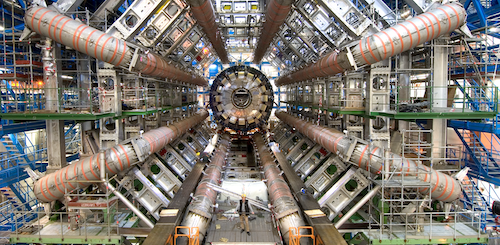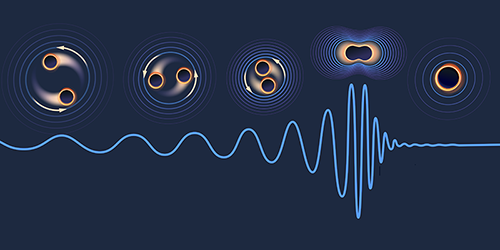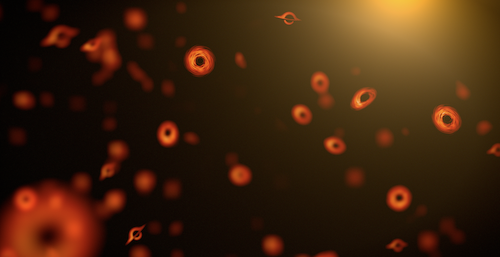September 17, 2025• Physics 18, s117
Two direct-detection experiments see no evidence of a signal reported by their predecessor.
Yale University

Yale University
In 1997, the DAMA/NaI experiment observed a signal whose annual variability was suggestive of dark matter. Despite the follow-up DAMA/LIBRA experiment producing similar results, claims of direct dark matter detection drew skepticism from the physics community. To test the claims independently, sister experiments ANAIS-112 and COSINE-100 were constructed using the same basic design as DAMA/NaI and DAMA/LIBRA. In 2021, the first dataset from ANAIS-112 was found to contain no such variability, tentatively ruling out dark matter as the cause of the earlier observations (see Synopsis: Experiment Casts Doubt on Potential Dark Matter Find). Now a new study that combines data from ANAIS-112 and COSINE-100 has excluded the dark matter explanation with greater confidence [1].
All the experiments were designed to search for the signature of so-called weakly interacting massive particles scattering off nuclei in a sodium iodide target. Such a signature should contain a distinct annual modulation because the detector’s speed relative to the Milky Way’s dark matter varies as Earth orbits the Sun. Observations of such modulation by DAMA/NaI and DAMA/LIBRA are inconsistent with other direct-detection experiments and with model predictions. But the reproducibility of these observations had not been tested robustly using identical techniques.
ANAIS-112 and COSINE-100 enabled such a test by including some extra features designed to reduce background noise and increase event-detection rates. Statistical analysis of the new experiments’ combined dataset showed no significant evidence of annual modulation in the relevant energy regions. This result effectively rules out a dark matter origin for the DAMA/LIBRA signal. Although the study doesn’t provide an explanation for that controversial observation, the researchers say it allows the dark matter community to conduct future searches unencumbered by an unresolved detection claim.
–Rachel Berkowitz
Rachel Berkowitz is a Corresponding Editor for Physics Magazine based in Vancouver, Canada.
ReferencesN. Carlin et al. (COSINE-100 Collaboration, ANAIS-112 Collaboration), “Combined annual modulation dark matter search with COSINE-100 and ANAIS-112,” Phys. Rev. Lett. 135, 121002 (2025).Subject AreasAstrophysicsParticles and FieldsRelated Articles

 More Articles
More Articles

